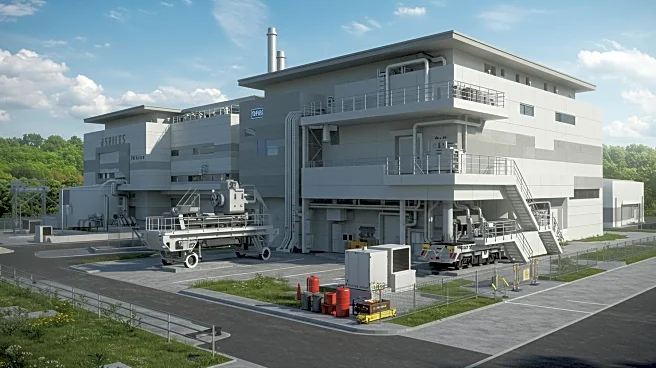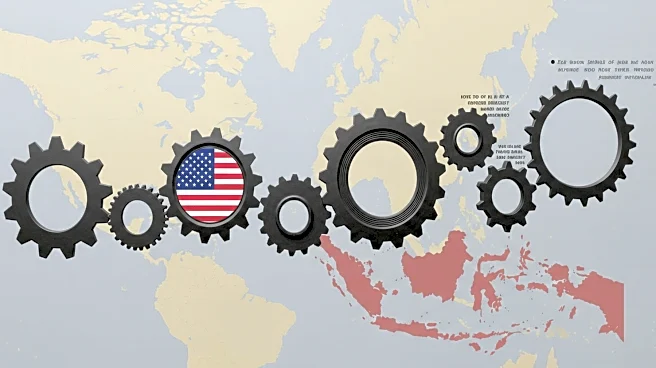Rapid Read • 9 min read
Vietnam Railways (VNR) has proposed the establishment of a railway industrial complex in Hanoi to advance domestic production technology for rolling stock and components. This initiative aims to reduce reliance on imports and meet the growing demand for new locomotives, passenger coaches, and freight wagons. The proposal includes special mechanisms to expedite implementation and attract private-sector investment alongside public funding. Currently, Vietnam's rail sector operates 258 locomotives, 980 passenger coaches, and over 4,300 freight wagons, with many nearing the end of their service life by 2025. The Railway Network Plan to 2050 outlines the need for thousands of new locomotives and carriages across 25 lines totaling over 6,300 km, including 18 new routes. Despite the demand, domestic rail manufacturing remains limited, primarily focusing on repairs and replacements without export capabilities.
AD
The proposed industrial complex is crucial for Vietnam's rail industry as it seeks to localize production and reduce dependency on foreign imports. This development could significantly enhance Vietnam's rail infrastructure, supporting economic growth and improving transportation efficiency. By mastering rail technology, Vietnam aims to produce locomotives and carriages domestically, which could lead to technological advancements and increased employment opportunities. The initiative also aligns with Vietnam's broader economic goals, potentially positioning the country as a regional leader in rail manufacturing. The involvement of private-sector investment could further stimulate innovation and competitiveness within the industry.
Vietnam Railways plans to implement the industrial complex in phases, starting with importing locomotives and passenger trains from 2029 to 2031, followed by domestic assembly of electric and clean-energy locomotives. By 2035, Vietnam aims to master assembly technology and achieve significant localization rates. The roadmap includes increasing localization to 80% by 2050, fully producing parts and materials domestically. Special mechanisms proposed by VNR, such as direct contractor selection for high-tech packages and streamlined environmental assessments, are intended to ensure the project's feasibility and attract investment. The Railway Law 2025 provides a legal foundation for these developments, offering key incentives for private-sector participation.
The establishment of the railway industrial complex could have broader implications for Vietnam's industrial policy and economic strategy. It represents a shift towards self-sufficiency and technological independence, potentially reducing the country's trade deficit. The focus on clean-energy locomotives aligns with global trends towards sustainable transportation solutions, which could enhance Vietnam's environmental credentials. Additionally, the project may foster regional cooperation and partnerships, as Vietnam seeks technology transfer agreements to support its manufacturing goals. The long-term success of this initiative could influence other sectors, encouraging similar approaches to industrial development and innovation.
AD
More Stories You Might Enjoy














